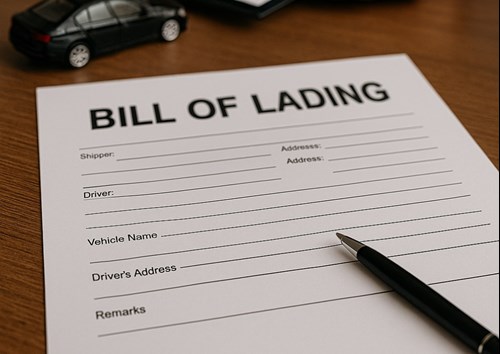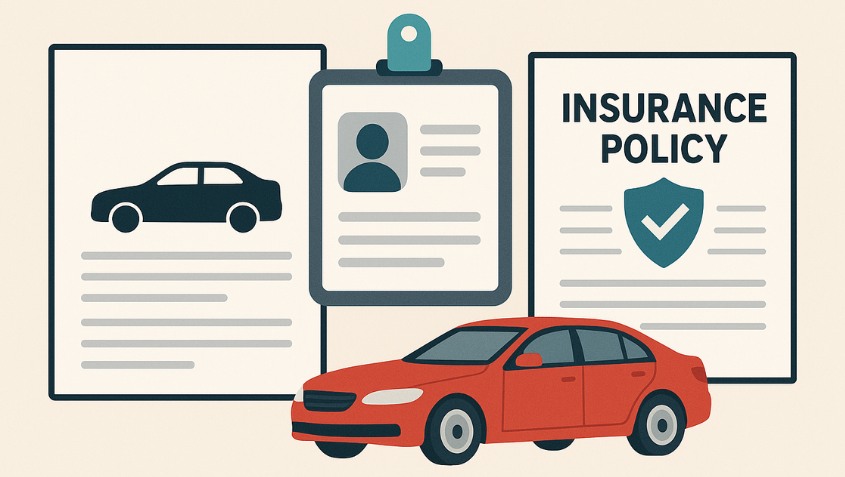If there’s one document you don’t want to lose, it’s the Bill of Lading. This is the official contract between you and the transport company. It sets everything: pickup and delivery addresses, car condition, price, and the shipper's and driver's info. All the Ts should be crossed and I’s dotted.
You’ll review and sign the Bill of Lading both at pickup and drop-off. At pickup, you’ll do a visual inspection with the driver, tracking any scratches, dents, or wear and tear. These are marked on the landing bill to protect both you and the company. At delivery, you’ll do the same thing again, and if anything new shows up, that’s how you start a damage claim.
Take pictures at both ends, even if the car looks perfect. Even take your car for a car wash to show off those tiny scratches you could easily miss. The Bill of Lading is what insurance companies will look at if there’s a dispute.
I once had a cracked hood appear during a cross-state move, and because I had it marked on the paperwork and I had photos to back it up, the process of getting reimbursed was a lot smoother than you would think.








